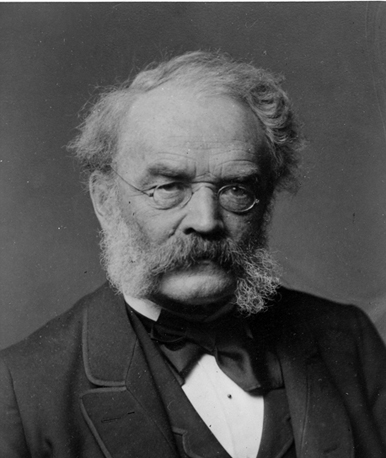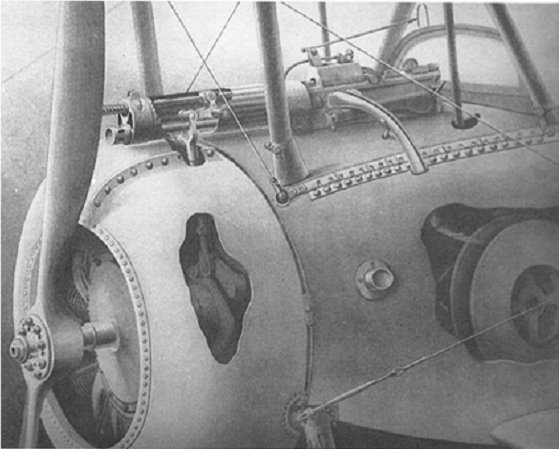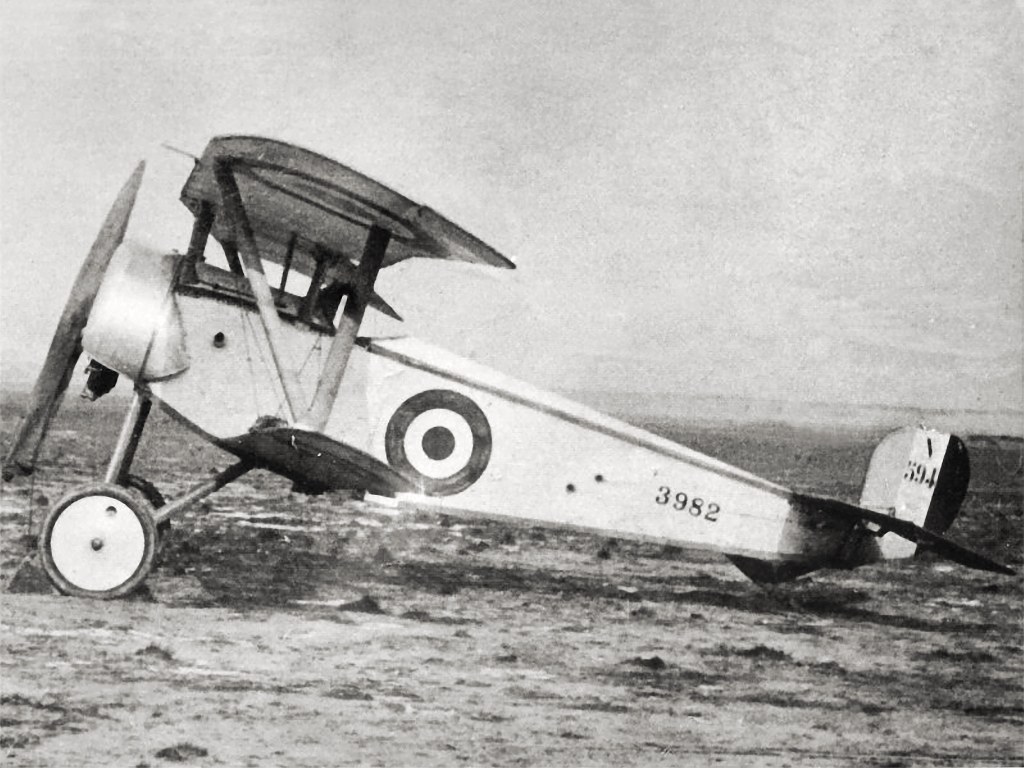|
Siemens-Schuckertwerke
Siemens-Schuckert (or Siemens-Schuckertwerke) was a German electrical engineering company headquartered in Berlin, Erlangen and Nuremberg that was incorporated into the Siemens AG in 1966. Siemens Schuckert was founded in 1903 when Siemens & Halske acquired Schuckertwerke. Subsequently, Siemens & Halske specialized in communications engineering and Siemens-Schuckert in power engineering and pneumatic instrumentation. During World War I Siemens-Schuckert also produced aircraft. It took over manufacturing of the Protos vehicles in 1908. In World War II, the company had a factory producing aircraft and other parts at Monowitz near Auschwitz. There was a workers camp near the factory known as Bobrek concentration camp. The Siemens Schuckert logo consisted of an S with a smaller S superimposed on the middle with the smaller S rotated left by 45 degrees.Siemens used this as a theme for their logos with absorbed companies: Siemens & Halske's logo was a large S with a small superim ... [...More Info...] [...Related Items...] OR: [Wikipedia] [Google] [Baidu] |
Siemens
Siemens AG ( ) is a German multinational technology conglomerate. It is focused on industrial automation, building automation, rail transport and health technology. Siemens is the largest engineering company in Europe, and holds the position of global market leader in industrial automation and industrial software. The origins of the conglomerate can be traced back to 1847 to the ''Telegraphen Bau-Anstalt von Siemens & Halske'' established in Berlin by Werner von Siemens and Johann Georg Halske. In 1966, the present-day corporation emerged from the merger of three companies: Siemens & Halske, Siemens-Schuckert, and Siemens-Reiniger-Werke. Today headquartered in Munich and Berlin, Siemens and its subsidiaries employ approximately 320,000 people worldwide and reported a global revenue of around €78 billion in 2023. The company is a component of the DAX and Euro Stoxx 50 stock market indices. As of December 2023, Siemens is the second largest German company by market ca ... [...More Info...] [...Related Items...] OR: [Wikipedia] [Google] [Baidu] |
Protos Of Nonnendamm
Protos of Nonnendamm was a German car manufacturing company founded in 1898 in Berlin by engineers Alfred Sternberg and Oscar Heymann. Sternberg initially manufactured a series of small motors, 2.5 hp single-cylinder air-cooled, and others water-cooled of 3.5 hp. In 1905 he began producing Protos automobiles, developing the new 'kompensmotor' or compensated motor, giving a smooth, fast ride. To dampen engine vibrations, Sternberg designed a motor with two cylinders and a third piston set at 180 degrees from the other two and having no other function than to act as a counterbalance to the two working pistons. This revolutionary design worked well and was much quieter than other twin engines in the country, providing up to 14 hp and remaining in production for several years. Protos' six-cylinder vehicle found many buyers, including Kaiser Wilhelm II, Crown Prince Wilhelm II, and his brother Prince Heinrich of Prussia who invented and patented the first windscre ... [...More Info...] [...Related Items...] OR: [Wikipedia] [Google] [Baidu] |
Munich
Munich is the capital and most populous city of Bavaria, Germany. As of 30 November 2024, its population was 1,604,384, making it the third-largest city in Germany after Berlin and Hamburg. Munich is the largest city in Germany that is not a state of its own. It ranks as the 11th-largest city in the European Union. The metropolitan area has around 3 million inhabitants, and the broader Munich Metropolitan Region is home to about 6.2 million people. It is the List of EU metropolitan regions by GDP#2021 ranking of top four German metropolitan regions, third largest metropolitan region by GDP in the European Union. Munich is located on the river Isar north of the Alps. It is the seat of the Upper Bavaria, Upper Bavarian administrative region. With 4,500 people per km2, Munich is Germany's most densely populated municipality. It is also the second-largest city in the Bavarian language, Bavarian dialect area after Vienna. The first record of Munich dates to 1158. The city ha ... [...More Info...] [...Related Items...] OR: [Wikipedia] [Google] [Baidu] |
1934
Events January–February * January 1 – The International Telecommunication Union, a specialist agency of the League of Nations, is established. * January 15 – The 8.0 1934 Nepal–Bihar earthquake, Nepal–Bihar earthquake strikes Nepal and Bihar with a maximum Mercalli intensity scale, Mercalli intensity of XI (''Extreme''), killing an estimated 6,000–10,700 people. * February 6 – 6 February 1934 crisis, French political crisis: The French far-right leagues rally in front of the Palais Bourbon, in an attempted coup d'état against the French Third Republic, Third Republic. * February 9 ** Gaston Doumergue forms a new government in France. ** Second Hellenic Republic, Greece, Kingdom of Romania, Romania, Turkey and Kingdom of Yugoslavia, Yugoslavia form the Balkan Pact. * February 12–February 15, 15 – Austrian Civil War: The Fatherland Front (Austria), Fatherland Front consolidates its power in a series of clashes across the country. * February 16 – The ... [...More Info...] [...Related Items...] OR: [Wikipedia] [Google] [Baidu] |
Albatros D
An albatross is one of a family of large winged seabirds. Albatross or Albatros may also refer to: Animals * Albatross (butterfly) or ''Appias'', a genus of butterfly * Albatross (horse) (1968–1998), a Standardbred horse Literature * Albatross Books, a German publishing house that produced the first modern mass market paperback books * Albatros Literaturpreis, a literary award * "L'albatros" (poem) ("The Albatross"), 1859 poem by Charles Baudelaire * ''The Albatross'' (novella), a 1971 novella by Susan Hill * ''The Albatross'', the fictional propeller-sustained airship in Jules Verne's novel '' Robur the Conqueror'' * ''Albatross'' (novel), a 2019 novel by Terry Fallis * ''Albatross'' (magazine), 1970s lesbian satirical magazine Film and television * Films Albatros, a French film production company which operated between 1922 and 1939 * ''Albatross'' (2011 film), a British film * ''Albatross'' (2015 film), an Icelandic film * ''Albatross'' (2022 film), an Ameri ... [...More Info...] [...Related Items...] OR: [Wikipedia] [Google] [Baidu] |
Nieuport 17
The Nieuport 17 C.1 (or Nieuport XVII C.1 in contemporary sources) is a French sesquiplane fighter aircraft, fighter designed and manufactured by the Nieuport company during World War I. An improvement over the Nieuport 11, it was a little larger than earlier Nieuports and better adapted to the more powerful engine than the interim Nieuport 16. Aside from early examples, it had the new Synchronization gear#The Alkan-Hamy gear, Alkan-Hamy synchronization gear, permitting the use of a fuselage-mounted synchronised Vickers gun firing through the propeller disc. At the time of its introduction in March 1916, the type's outstanding manoeuvrability and excellent rate of climb gave it a significant advantage over fighters on both sides and was described as "the best pursuit plane of the day". It was used by many operators and entered service with every Allied power and copies were also operated by the (German Air Service). Mass-produced by several French firms, the Nieuport 17 and its ... [...More Info...] [...Related Items...] OR: [Wikipedia] [Google] [Baidu] |
Nieuport 11
The Nieuport 11 (or Nieuport XI C.1 in contemporary sources), nicknamed the ''Bébé'', is a French World War I single seat sesquiplane fighter aircraft, designed by Gustave Delage. It was the primary aircraft that ended the Fokker Scourge in 1916.Chant & Taylor 2007, p. 14. The type saw service with several of France's allies, and gave rise to the series of "vee-strut" Nieuport fighters that remained in service (latterly as trainers) into the 1920s. Design and development The Nieuport 11 was a new, slightly smaller aircraft based on the general configuration of the Nieuport 10, but designed specifically as a single-seat fighter. Like the "10", the "11" was a sesquiplane, a biplane with a full-sized top wing with two spars, and a lower wing of much narrower chord and a single spar. Interplane struts in the form of a "Vee" joined the upper and lower wings. The sesquiplane layout reduced drag and improved the rate of climb, as well as offering a better view from the cockpit th ... [...More Info...] [...Related Items...] OR: [Wikipedia] [Google] [Baidu] |
Fokker Eindecker
The Fokker ''Eindecker'' fighters were a series of German World War I monoplane single-seat fighter aircraft designed by Netherlands, Dutch engineer Anthony Fokker.Boyne 1988 Developed in April 1915, the first ''Eindecker'' ("Monoplane") was the first purpose-built German fighter aircraft and the first aircraft to be fitted with a synchronization gear, enabling the pilot to fire a machine gun through the arc of the Propeller (aircraft), propeller without striking the blades. The ''Eindecker'' gave the German Army's Air Service Luftstreitkräfte, (then the ''Fliegertruppen des deutschen Kaiserreiches'') a degree of air superiority from July 1915 until early 1916. This period, during which Allied aviators regarded their poorly armed aircraft as "Fokker Fodder", became known as the "Fokker Scourge". Design and development The ''Eindecker'' was based on Fokker's unarmed Fokker M.5K scout (aircraft), scout (military designation Fokker A.III) which in turn was based on the design of t ... [...More Info...] [...Related Items...] OR: [Wikipedia] [Google] [Baidu] |
Feldflieger Abteilung
Feldflieger Abteilung (''FFA'', Field Flying Detachment) was the title of the pioneering field aviation units of (The Air Forces of the German Empire) formed in 1912, which became the ( German air service) on 8 October 1916, during the First World War. The , the aerial service of the , the Army of the German Empire, was formed in 1912 when its organisation was laid down. Five new (Aviation Battalions) with four companies each began forming in 1913. Four of the new units were created as part of the Communications Branch of the Prussian Army and one by the Bavarian Army; Saxony formed a detachment that was attached to a Prussian unit. The were administrative units to provide flights for each army and corps HQ. At first aircraft were transported with armies, being assembled when they were needed but after one aircraft came apart in the air, killing the crew, the practise was abolished. The rest of the aircraft were modified to make them less likely to kill their crews. When 1914 be ... [...More Info...] [...Related Items...] OR: [Wikipedia] [Google] [Baidu] |
Rotary Engine
The rotary engine is an early type of internal combustion engine, usually designed with an odd number of cylinders per row in a radial configuration. The engine's crankshaft remained stationary in operation, while the entire crankcase and its attached cylinders rotated around it as a unit. Its main application was in aviation, although it also saw use in a few early motorcycles and automobiles. This type of engine was widely used as an alternative to conventional inline engines (straight or V) during World War I and the years immediately preceding that conflict. It has been described as "a very efficient solution to the problems of power output, weight, and reliability". By the early 1920s, the inherent limitations of this type of engine had rendered it obsolete. Description Distinction between "rotary" and "radial" engines A rotary engine is essentially a standard Otto cycle engine, with cylinders arranged radially around a central crankshaft just like a conventional radi ... [...More Info...] [...Related Items...] OR: [Wikipedia] [Google] [Baidu] |








